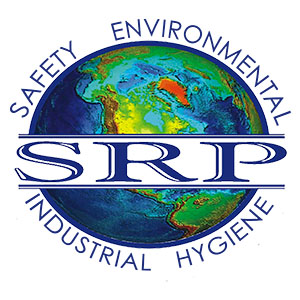The Occupation Safety and Health Administration (OSHA) is an arm of the American government whose responsibility would be to give guidelines and standards of safety on the job. In their mandate, this company provides environmental safety training guidelines to ensure every employee is sufficiently informed from the hazardous risks they are confronted with plus they are trained concerning how to avoid risk and how to respond to a safety breach. Towards this end, the OSHA provides voluntary comprehensive guidelines to assist trainers to come up with a safety tutoring toolkit plus a tutoring syllabus for workers. The OSHA tutoring guideline model contains the subsequent training steps.
Determine if there is a dependence on training – The initial step provided within the OSHA guideline if resolution of whether safety tutoring will solve safety gap. By reviewing the potential risks and exposure of employees, working out coordinators should review whether safety can be discovered through training only or there are many safety activities for example better controls, improved equipment and procedure changes that want to go hand in hand with all the training. The courses coordinators also need to identify who needs the safety training toolkit and the way some of the training has to be conducted. The courses must be in compliance while using standards supplied by the identical organization.
Identify the tutoring gap – Once tutoring need continues to be established, the courses planners have to determine the courses needs with the employees. This will likely determine the extent in the safety training toolkit. This can be done by making employment safety analysis. The goal of the analysis is usually to define the health risks exposed to the worker, the potential risks with their workplace along with the safety needs with the employees.
Define training objectives and goals – Once the trainers have defined the safety training gap, they’ll then come up with objectives and goals of this safety training toolkit. The goals with the safety training profit the trainers to maintain focused and steer clear of unnecessary content. The aim should define what are the employee should demonstrate or know as soon as the work out. At the beginning of the courses, the objectives and goals must be clearly articulated in order to permit the employees be aware of reasons for the training.
Develop learning activities – The tutoring course needs to be modeled to simulate as closely as you possibly can the staff workplace to allow employees to comprehend and perceive the course work. The safety training toolkit has to be interactive which will be achieved by utilizing multimedia platforms for example PowerPoint presentations, videos, image illustrations, charts, using real statistics and events and practical demonstrations.
Conduct training – Once you have fully prepared for the protection presentation, the tutor may proceed and conduct the presentation. The training should be as interactive as you possibly can allow employees to present inside their input on the safety and also to accommodate all safety inquiries to be well addressed.
Evaluate training effectiveness – As soon as the safety presentation is completed, the tutor needs to evaluate the effectiveness from the presentation. This can be achieved via an optional end of presentation questionnaire, observation by the tutor, how the presentation has result in workplace safety improvement or assessment trough a quiz.
Review and help the training – In line with the evaluation in the safety session, overview of the pad used and coursework needs to be completed with an goal of increasing the safety presentation further in order to meet the protection needs in the employees. The tutoring improvements include any significant questions asked by employees that were not taught in training, any areas that have been not well understood from the employees and elimination of any information that’s redundant or irrelevant.

 ">
">
 ">
">